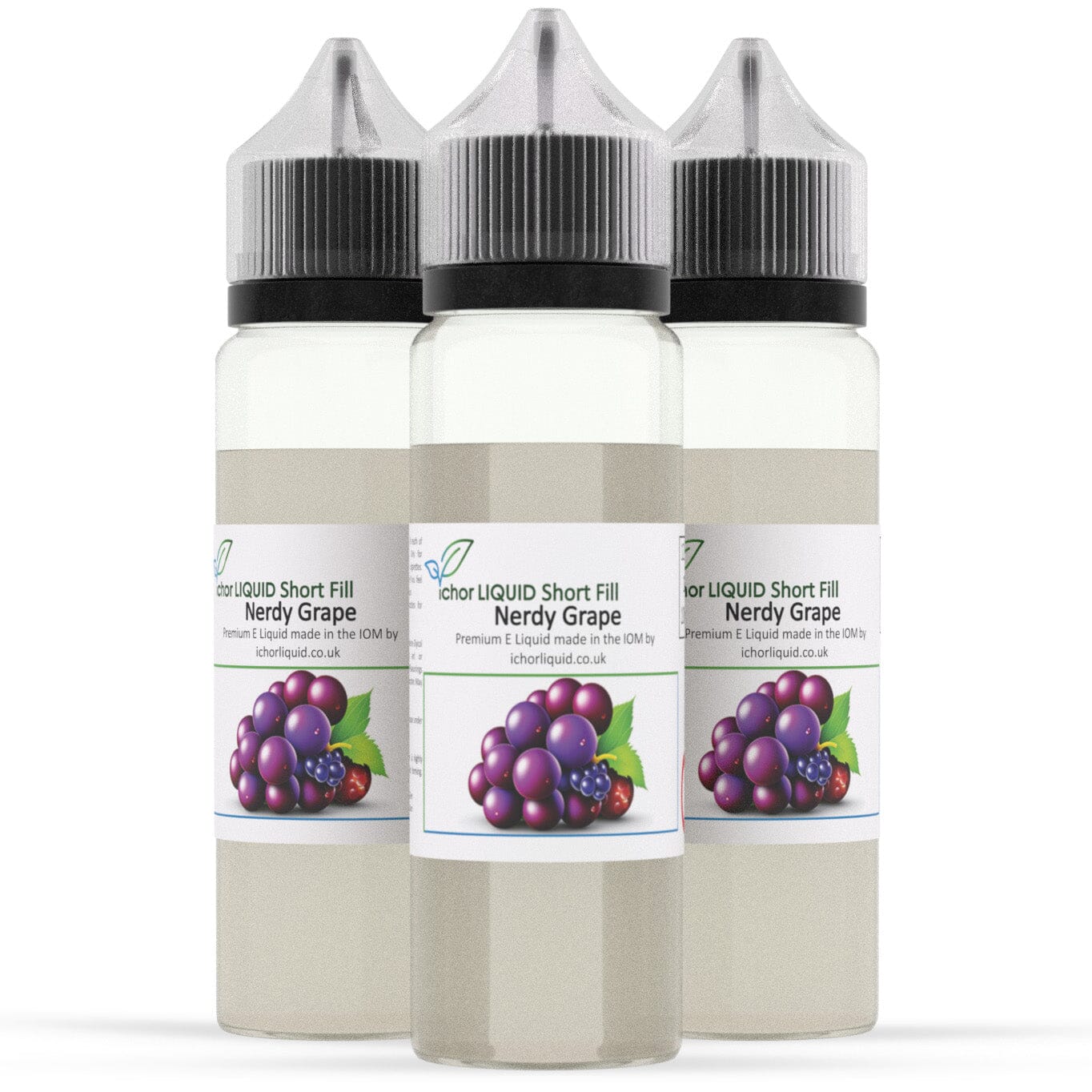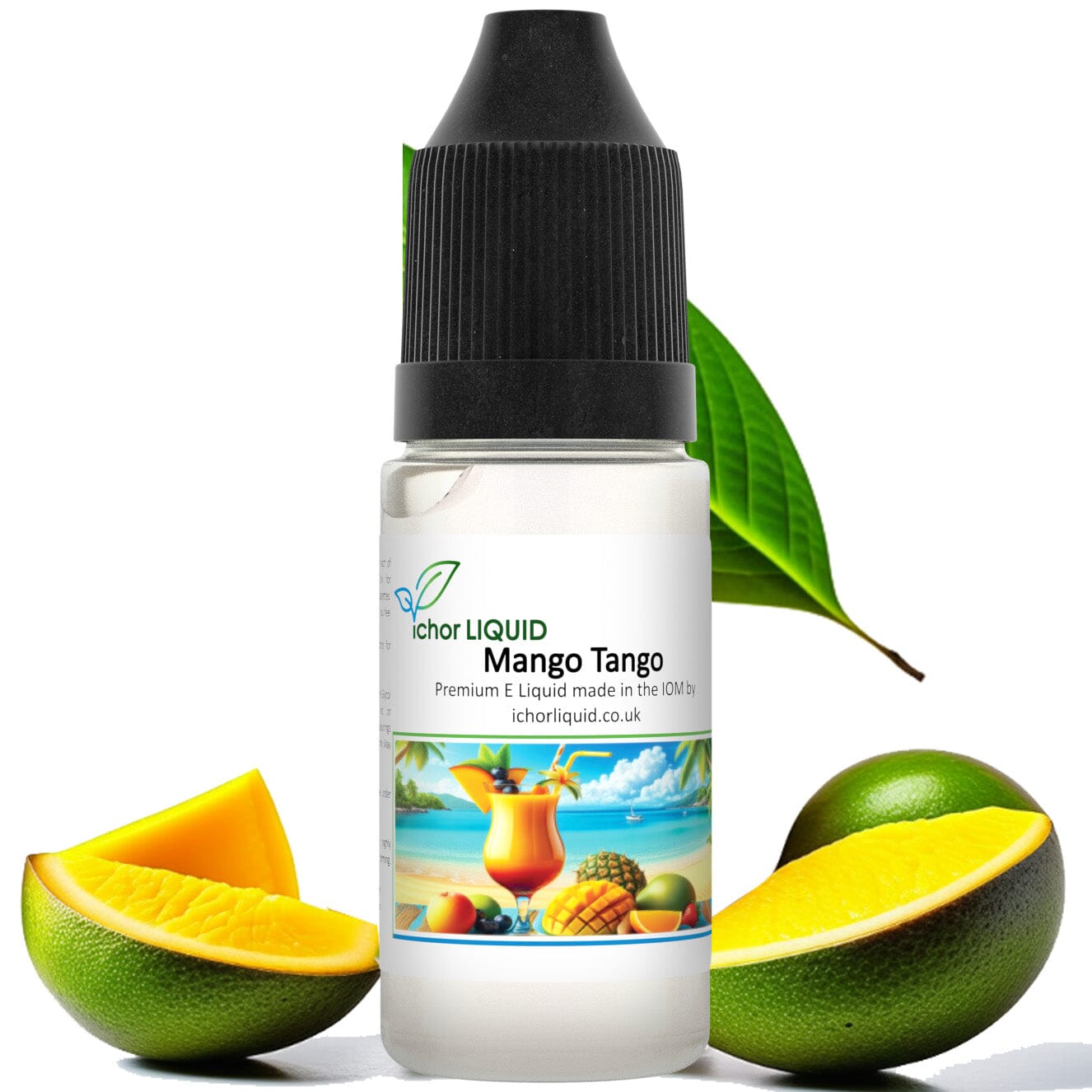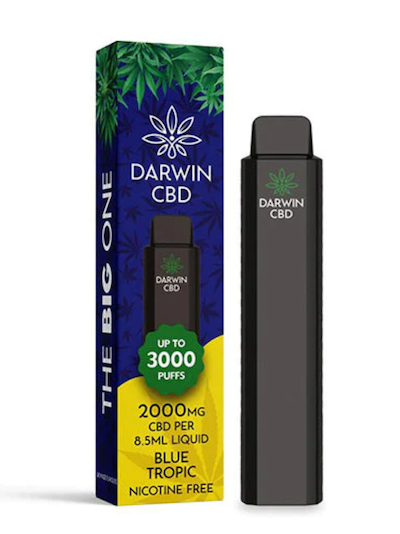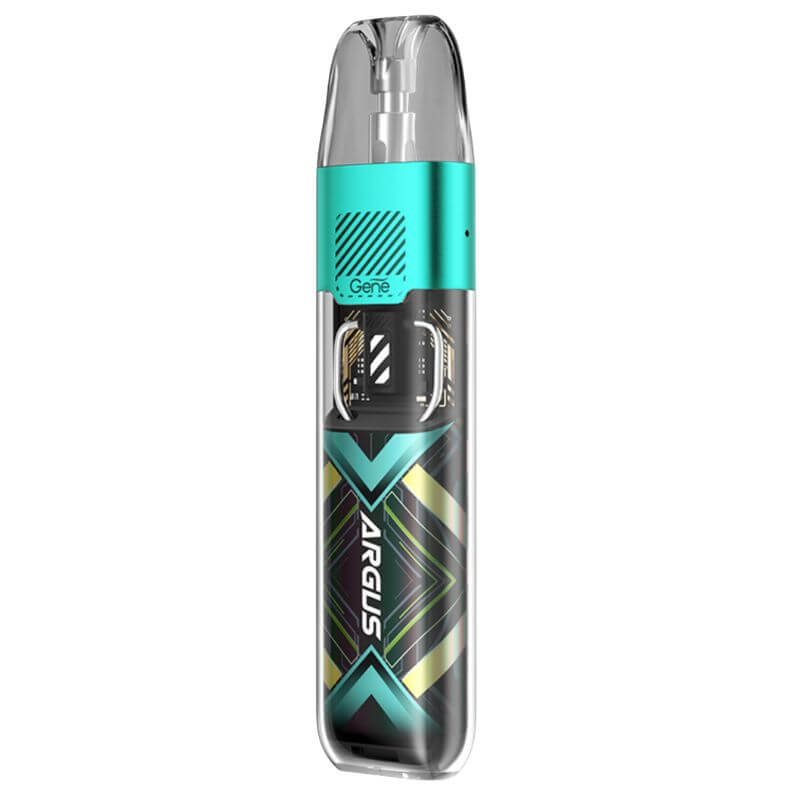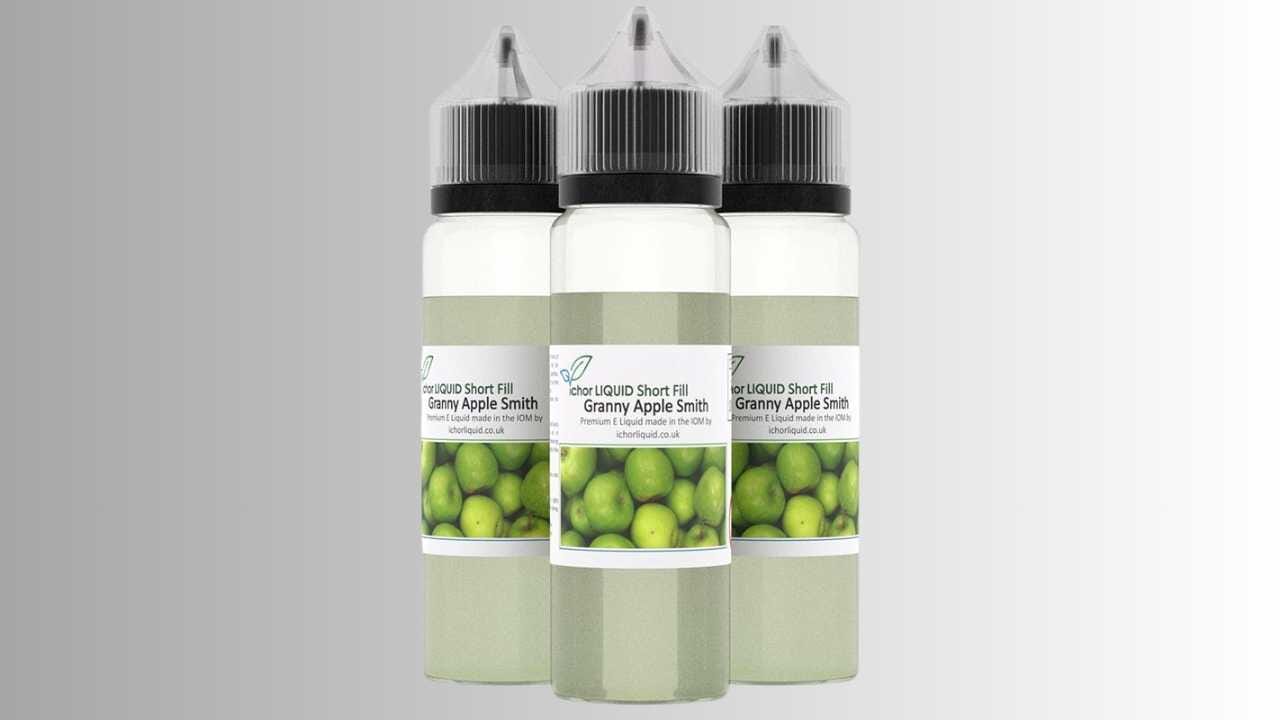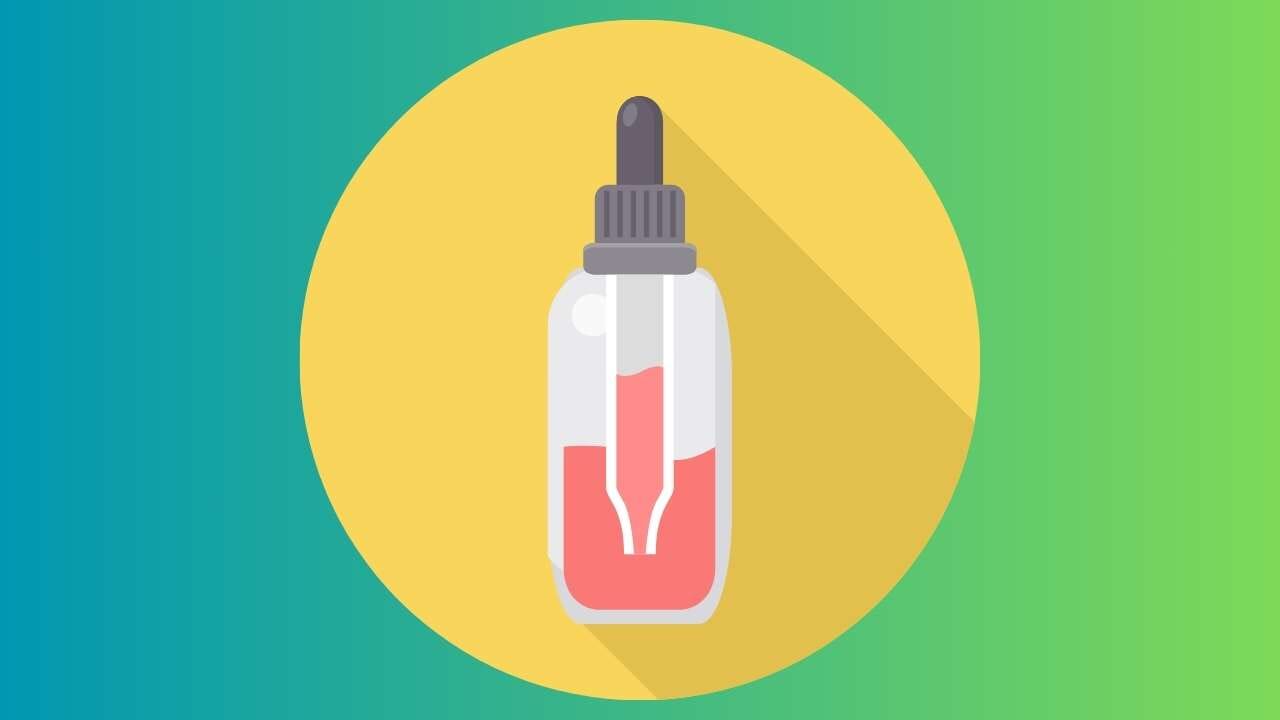Kanthal Wire Guide
Kanthal Wire is our preferred resistance wire for coiling rebuildable Atomizers and following this Kanthal Wire Guide you should understand why.
For beginners and pros alike, many of you may not fully understand the benefits of how the different thicknesses of the American Wire Gauge (AWG) Kanthal Wire (KW) can be used with various rebuildable atomizers.
This Kanthal Wire Guide will avoid anything too technical and is written in layman terms for ease of understanding (or at least I hope so!).
Before we look at the AWG chart, there are a few points you need to remember:
-
THE FINER THE WIRE = THE HIGHER THE RESISTANCE
- The AWG 34 wire (0.15mm in diameter) produces HIGHER ohms over a SHORTER distance, as compared to the commonly used AWG 32 (0.20mm in diameter) which is slightly thicker, but would require more coils to achieve the same resistance.
-
TWISTING THE WIRE LOWERS THE RESISTANCE BY HALF
- If you wish to use twisted wire, you will need to double the amount of coils to achieve the same resistance.
-
DIFFERENCE BETWEEN KW A1, A & D
- When selecting KW for purchase please note the differences:
- Kanthal A1: Max temp: 1399C, 1.45 Electrical resistivity at 20C ohms
- Kanthal A: Max temp: 1349C, 1.39 Electrical resistivity at 20C ohms
- Kanthal D: Max temp: 1299C, 1.35 Electrical resistivity at 20C ohms
- When selecting KW for purchase please note the differences:
As you can see Kanthal A1 has a HIGHER max temperature threshold than Kanthal A, and Kanthal A is HIGHER than Kanthal D. In e-cig terms, A1 wire is slightly less likely to "pop" if a short or hotspot occurs. Although, the differences are most likely small
KANTHAL WIRE GUIDE - RESISTANCE WIRE GAUGE CHART
Kanthal Wire - AWG 34
0.15mm Diameter (152 Micron or 38 SWG)
AWG 34 is an extremely fine wire. The image on the left illustrates ohms produced with 5 wraps on 2mm Silica Wick. Results will vary on thinner or thicker wick.Pros
- Achieving a resistance above 3.0 ohms (5 - 6 wraps on 2mm wick)
- Achieving 1.8 - 2.0 ohms on Atomizers with a short distance between the positive and negative posts </li >
- Using thicker wires on these Atomizers will achieve this but will cover too much surface area over the wick
- Use with rebuildable dual coil Atomizers since resistance is halved (explained above).
Cons
- Difficult to work with - will "pop" instantly inf a hot spot or if a short occurs.
Kanthal Wire - AWG 32
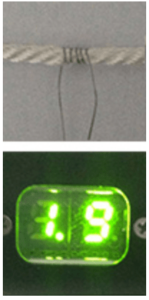
0.20mm Diameter (200 Micron or 35 SWG)
Our Kanthal Wire Guide - AWG 32 is the most common wire used for coiling rebuildable Atomizers. The illustration to the left is based on the same conditions used above - 2.2 ohms will result with 6 wraps, and 2.4 ohms with 7 wraps.Pros
- A great wire to easily hit 1.8 ohm - 2.4 ohm using 2mm - 3mm Silica Wick.
- Most manufacturers use this wire as their single coil wire of choice.
- Can be used on practically any rebuildable Atomizer of choice and functions perfectly well.
Cons
- "Pops" easily on hotspots and shorts.
- Harder to use with stainless steel mesh wicks.
Kanthal Wire - AWG 31

0.22mm Diameter (226 Micron or 34 SWG)
AWG 31 is a great alternative to AWG 32 particularly if you wish to run your devices around 1.5 - 1.8 ohms, or use a thinner wire on stainless steel wicks.. The illustration on the left displays AWG 31 on a 5 wrap coil, 2mm Silica Wick with an output of 1.5 ohms - 6 wraps will equal 1.8 ohms and 7 wraps a resistance of 2.1 ohms.Pros
- Covers more surface area on larger diameter Atomizers than AWG 32, creating a fuller warmer vape.
- More durable than AWG 32, and therefore less likely to "pop" should a hot spot or short occur when prepping a genesis Atomizer.
- A great alternative to AWG 29 if your variable voltage battery struggles to operate at 1.3 ohms
- Can be used on practically any rebuildable Atomizer of choice and functions perfectly well.
Cons
- Still not as durable as AWG 29 and can still "pop" on hot spots and shorts.
- Not recommended to be used on smaller diameter Atomizers due to the additional surface area needed to achieve AWG 32's resistance output.
- Harder to source as less common than AWG 32.
Kanthal Wire - AWG 29
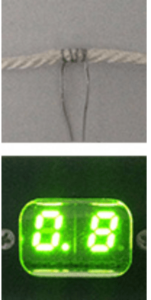
0.30mm Diameter (287 Micron or 31 SWG)
The image to the left displays a 5 wrap coil running at a resistance of 0.8 ohms on 2mm Silica Wick. On a 2.5mm genesis mesh wick, 5 wraps will achieve a resistance of 0.9 - 1.0 ohms - 6 wraps 1.1 - 1.3 and 7 wraps 1.4 - 1.5 ohms.Pros
- Our Kanthal Wire Guide recommended wire of choice for Genesis Atomizers.
- Will not "pop" on hot spots or shorts, making it the easiest wire to manage during setup.
- Covers a decent amount of surface area on the wick, producing more vapour.
- Functions perfectly within the capabilities of a high amp variable voltage mod like the Provari.
- Heats the stainless steel mesh wick up a lot faster than AWG 31 or AWG 32 due to the low ohm capability.
Cons
- Not recommended for Silica Wicks - it will operate too hot due to low resistance.
- Standard / China import variable voltage battery mod's will struggle at resistance levels of 1.3 ohms and will not function below this (this is due to the amp limit, which will be explained below.)
Kanthal Wire - AWG 28
0.32mm Diameter (320 Micron or 30 SWG)
AWG 28 is an advanced wire that we recommend to be used with mechanical mods or VV batteries 3.5 Amp or higher only.
The image to the left illustrates 5 wraps on 2mm Silica Wick. Our Provari failed to operate but we estimate the resistance level to be 0.6 ohms.
While the advanced variable voltage mods like the Provari will manage this wire with 6 - 7 wraps, we feel the average user would see little benefit to vaping below 1.0 ohms, making the AWG 29 wire the better choice.
AWG 28 and below is aimed at extreme vaping, those looking to vape at 0.7 ohms and below at watts exceeding 15w.
This will require a 6 amp+ battery, which limits you to mechanical mods (the Provari has a regulated limit of 3.5 amps and most of the other variable voltage devices less than that).
We will go into more depth about Watts, Voltages and Amps in the future when we add this content to our site, but in the meantime there are various guides across the web explaining this in more detail.
Pros
- Allows extreme vaping above 15 watts and ohms as low as 0.4.
- Will not "pop" in hot spots or short, making it the easiest wire to manage during setup.
- Covers a decent amount of surface area on the wick, producing more vapour from your e Liquid.
Cons
- Requires mechanical mod batteries to operate perfectly.
- For advanced users only.
Kanthal D Ribbon 0.5mm*0.1mm
Kanthal Ribbon Wire is more widely used since earlier this March, and the reason it became so popular is that more vapour is produced, as more wick will be covered due to its wider surface. However, there is one drawback - unless you have a great setup, you will find that that more vapour that is being drawn the less the wick can handle this supply. This will eventually cause dry hits. It’s advised to avoid chain vaping with ribbon wire unless your setup in "wicking" is particularly well done. 0.5mm * 0.1mm means the wire is 0.5mm deep and 0.1mm thick. We found this to be the best configuration for the genesis Atomizer as illustrated on the left 4 - 5 wraps will achieve a resistance of 1.3 ohms and is our preferred resistance for genesis style Atomizers.Pros
- Covers more surface area than normal wire, producing more vapour.
- Great resistance output for genesis Atomizers.
- Durable and will not "pop" in hotspots or short.
Cons
- Can dry the wick out if chain vaped or poor wick setup.
- Not for beginners.

